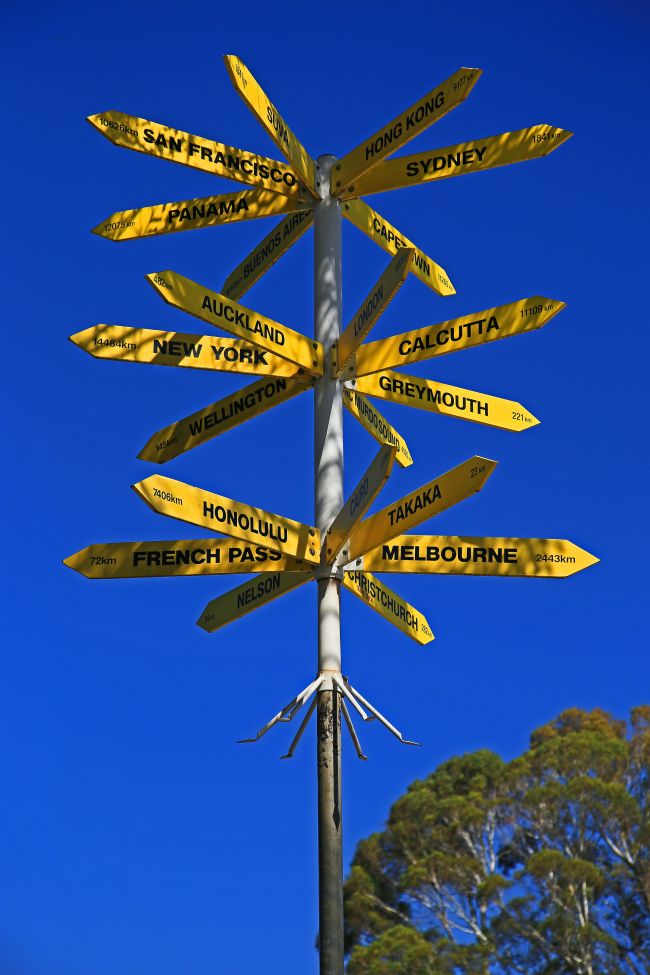What we do?
What is a trademark?
A trademark is an industrial property title that identifies products and/or services in the market. It allows consumers to identify the commercial origin of the products and/or services. There may be different trademark signs: words or combinations of words, pictures, figures, symbols, graphics, letters, numerals, three-dimensional shapes (wrapping, packaging, shapes of goods or their representation), and even sounds and colours, are protected.
- Figurative: a word
- Graphic: a drawing
- Combination mark: combination of word signs and graphics.
- Three-dimensional mark.
- Atypical marks: colours, sounds, slogans, etc.

Types of rights
NATIONAL TRADEMARKS
This is a distinctive sign used by the company that distinguishes its products or services from those of their competitors in the domestic market.
Its function is to differentiate and single out a product from other similar or identical products or services, and to identify its business origin. It can also be an indicator of individuality and a means for business promotion.
COMMUNITY TRADEMARKS
Prior to the creation of the CTM, companies had two options to protect their rights:
- Nationally, a trademark had to be registered in every state of the European Union, so this meant multiple registration requests; a long and tedious process.
- Internationally, a trademark had to be registered in each of the signatory countries of the Madrid Agreement and the Madrid Protocol designated by the applicant, whose effects are identical to national registration.
This system often proved costly for companies wishing to register a trademark in a limited number of countries. So with the creation of the CTM, companies now have the choice to opt for industrial property abroad rights protection.
The CTM has the advantage of covering intellectual property in all countries of the European Union through a single registration procedure through the OHIM.
There are three possibilities depending on your requirements:
- The national trademark, ensuring protection over its domestic market.
- The CTM, offering protection throughout the EU.
- The international trademark, covering countries outside the EU.

International brand
The international brand enjoys great advantages such as speed, simplicity of the procedure and it is possible to increase the protection to other countries through the subsequent designation of countries, at any time during the life of the brand.
In order to apply for an international trademark, it is necessary to apply for it based on a trademark granted or application, in addition, its procedure is simple, to designate countries that are party to the Protocol, an application for a base trademark is necessary, that is, to have a trademark applied for in Spain, on the contrary, to designate countries that are part of the Agreement, it is necessary that the trademark is already registered (granted). The base brand can be both a Spanish brand and a community brand.
If the application were submitted to the Spanish Patent and Trademark Office (OEPM), once said application was received, a formal examination would be carried out where all the data of the application would be examined and subsequently the documentation would be forwarded to the World Property Organization. Intellectual. It is also possible to apply for the trademark before the Office for Harmonization in the Internal Market (OHIM) when the base trademark is a Community trademark, in this case the same thing happens, the OHIM would send it to the WIPO, a posteriori. The life of an international brand is 10 years and its indefinite renewal is possible for that period.
J.D NUÑEZ PATENTES Y MARCAS S.L. has extensive experience in the field of international brands, one of the characteristics of the Agency is to offer its services to its clients in a personalized way, thus solving any type of Provisional Rejection that the brand may suffer. The Agency is proud of its intense work to help all types of clients, from multinationals to small companies or Universities to grow through the internationalization of their services and ideas.

Rights
A trademark provides protection through registration, initially for 10 years from the filing date and renewable indefinitely for periods of 10 years.
On the plus side, a trademark confers an exclusive right to use the mark in the relevant territory, which implies the possibility of preventing any unauthorized third party registration and use of an identical or similar sign in order to market identical and/or similar products or services.
Well-known and famous brands benefit from increased protection. The effectiveness of the trademark right is, however, subject to effective use of the mark by the owner or an authorized third party.
Protection
- National: protection throughout the country.
- Community: protection in the 25 countries of the European Community through a unified registration procedure (application, rate, etc. through the OHIM).
- International: protection via the Madrid system (Agreement or Protocol) in the countries stipulated in the application and that participate in the Madrid system. The application procedures are unified and are made to WIPO. The trademark works as a national brand in every country where it is granted.


WHAT WE DO
ABOUT US
CLIENTS:




